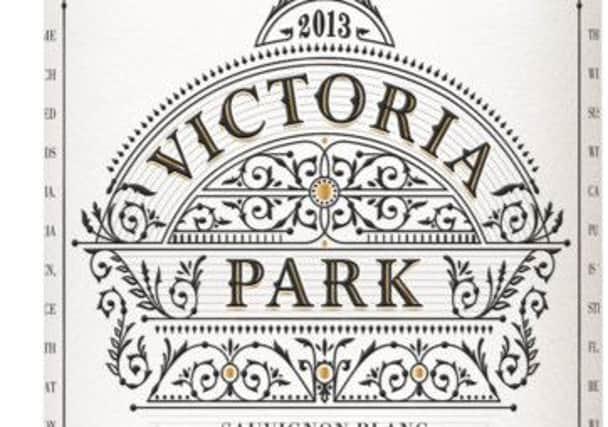Wine: Vermouth is enjoying a revival


To be fair, in Europe, vermouth never completely lost its role as an excellent aperitif. Adopting that as my guiding principle, today’s look at these herb-influenced fortified wines will focus on white, dry versions used as “palate openers” and accompanied by nothing more than a cube or two of ice and a twist of lemon.
Putting roots and the like in fortified wines dates back almost 3,000 years and was widely used medicinally, especially in the Far East. The Greeks and the Romans were at it too, and they used wormwood as an ingredient. Later on wormwood had a problem because absinthe (of which it forms part) was blamed for causing madness. As a result, the drink was banned in many countries. Subsequent medical analysis has discredited that conclusion – suggesting that perhaps the alcohol itself was the main cause of any eccentric behaviour. Nevertheless, the EU still tightly controls levels of thujone (the chemical in absinthe). However, despite that early guilt by association, the German name for wormwood – wermut – is probably the origin of our word “vermouth”.
Advertisement
Hide AdAdvertisement
Hide AdTo create vermouth, a base wine is made from a selection of grape varieties – today’s rising star, picpoul, is particularly suitable for the task. Each manufacturer then adds its own “secret” mixture of herbs, barks and roots with a (usually) neutral grape spirit. A miscellany of flavourings can be used, ranging from cloves and camomile to liquorice.
Leaving aside the chemistry though, let’s consider how it tastes – starting with a newcomer to the M&S range. France’s Vermouth Blanc (£10.99) has a reasonably high level of sweetness, but that is counterbalanced by a citrus fruitiness, which adds weighty orange and pink grapefruit depth to the thyme and other herbal ingredients.
The Chambéry area of France takes this drink so seriously that it has its own appellation for vermouth. Chambery French Dry Vermouth (£7.25 at The Wine Society) has a clean and floral nose that’s slightly perfumed and supplemented by touches of violets. There’s also gentle acidity and a savoury base that brings in a minty freshness and a twist of liquorice.
Finally in France, a look at a personal favourite, Noilly Prat (widely available, around £12), which is a mellow and smooth palate cleanser. It strikes a good balance between its firm raspberry touches, a citrus-derived sharp edge and other components such as mint and dill.
Even though many Italian examples are – to my taste – too sweet or bitter for aperitifs, no piece on vermouth is complete without a look at that country. Consider, then, Martini Extra Dry (£12 for a litre at Tesco), which is less floral than French versions and even a shade salty. Nevertheless, the taste is still fresh with a range of restrained flavours that slowly build up menthol-centred aromatics supplemented by a backdrop of stone fruits.
So, get yourselves ahead of the game and start a little vermouth revival of your own.
BEST BUYS
2013 Marquis de Saint Jean Carignan
Minervois, France, 11.5 per cent
In the 1960s, carignan was planted in large quantities in France, mainly for blending. But this mid-weight example shows the grape at its best, offering a spicy nose, with flavours of cherry, blackcurrant and cloves supported by strawberry-centred acidity and soft tannins. £6.99 at Waitrose Cellar
2013 Victoria Park Sauvignon Blanc
South Australia, 10.5 per cent
Although New Zealand still rules much of the sauvignon world, Oz is producing nice versions too now. Enjoy, then, the zingy lime-based acidity on display here along with the grassy, sherbet touches and very gentle alcohol. All that is underpinned by long orange texture too.
£8.99 at Aitken, Dundee